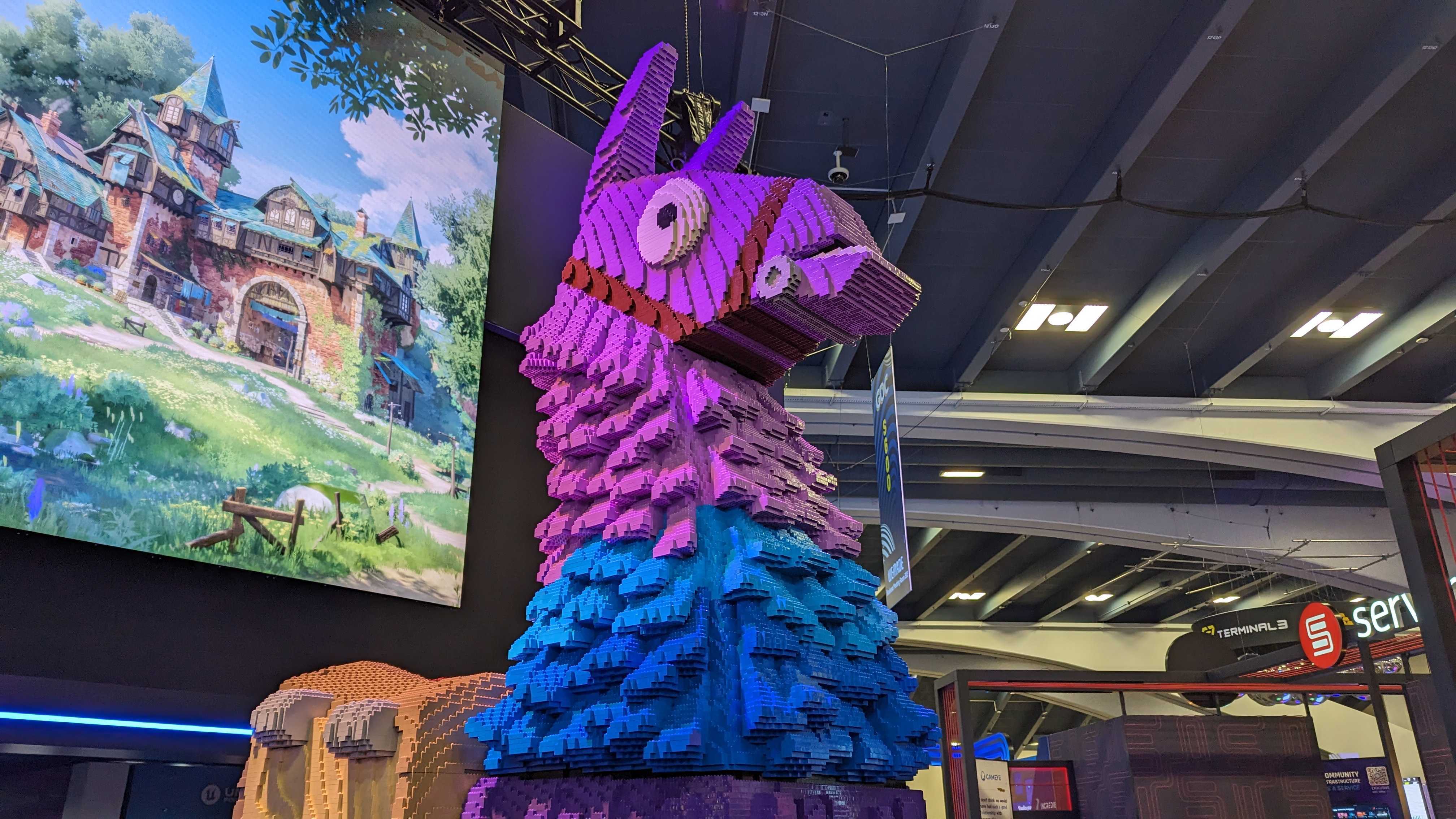
The Game Developers Conference is an annual event in San Francisco, CA that draws thousands of developers, journalists, creators, company representatives, and more. It's a week-long event filled with educational summits and lectures, secretive meetings behind closed doors, product reveals and demos, and a lot of networking between people. GDC 2024 is the first time I've ever been able to attend (this or any other major convention), and it was an unforgettable experience.
I've written extensively around GDC since I came home, but I wanted to write one final article pulling together all my favorite things that I saw, learned, or wrote about from the convention. I gained a lot of insight into the video games industry and met a lot of interesting people, but I also got awesome opportunities like interviewing an Xbox director, going hands on with new Razer products, and trying AR for the first time. Here's the very best of it all.
A letter on how to build a better industry
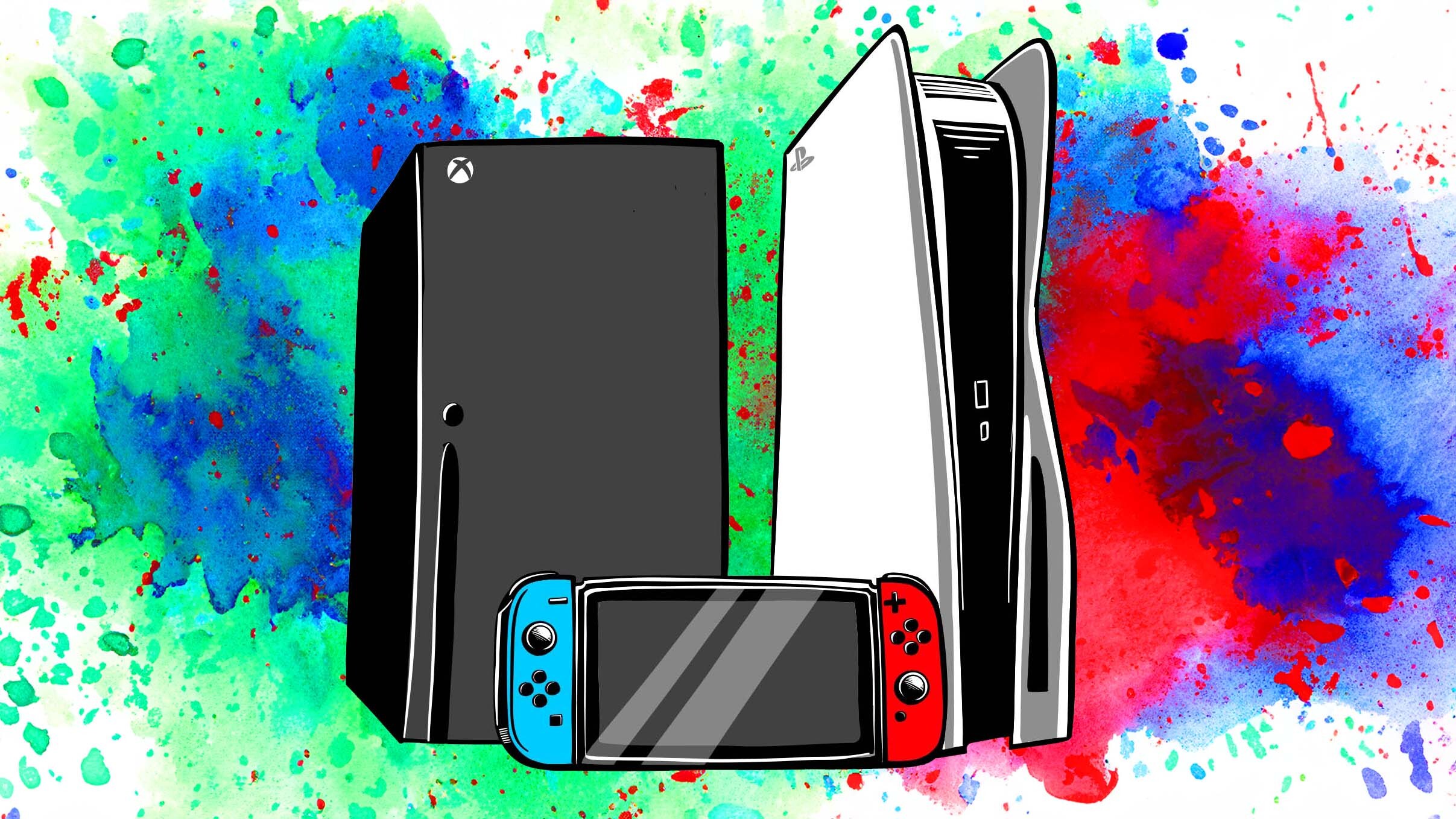
It's not the most exciting topic or one that garners a ton of interest, but it is a subject that's personally important to me. The video games industry has been under a lot of stress in recent years thanks to toxicity in the community and rampant greed in companies, but it's not all bad. I wrote a letter to the industry on how accessibility, representation, sustainability, and empathy can help us build a better industry for everyone.
The article came from a deep-rooted fatigue surrounding the never-ending news cycle of mass layoffs at multi-billion-dollar companies, legendary studios being shut down, developers getting relentlessly harassed online by toxic people, and entire communities of gamers being shunned by those who never struggle to find representation in games. I wrote about the themes I've seen many developers — especially in the indie scene — embrace in pursuit of more creative and joyous gaming experiences.
GDC 2024 was marked by the frustrations and cautious optimism from developers, and I wasn't going to pass up an opportunity to write about the subject. It's not an article about the latest drama or conspiracy, or spicy behind-the-scenes info on this game or company or whatever; it's just a positive article on what I want to see more of in video games. I appreciate anyone who takes the time to read it.
New Xbox games from around the world
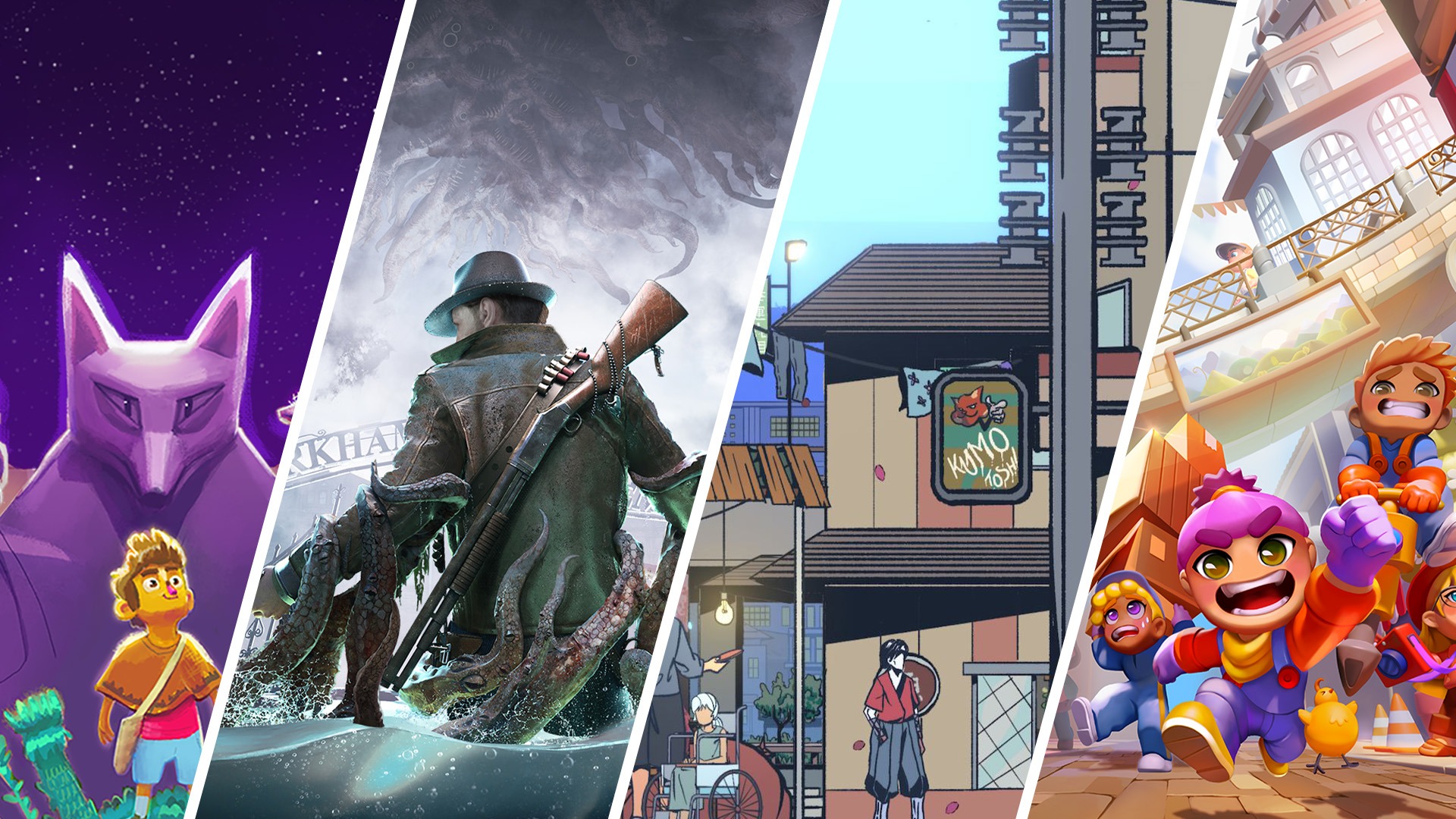
There was no way I'd attend GDC without meeting with the Xbox team, and I had plenty of chances to do so. ID@Xbox invited me to an exclusive demo event, I was able to chat with the director of Xbox's Global Expansion team, and I got to check out even more games (including an upcoming MMORPG). It's an exciting time for an Xbox fan, as long as you're here for the great video games and not the drama.
Talking with Xbox's Global Expansion team
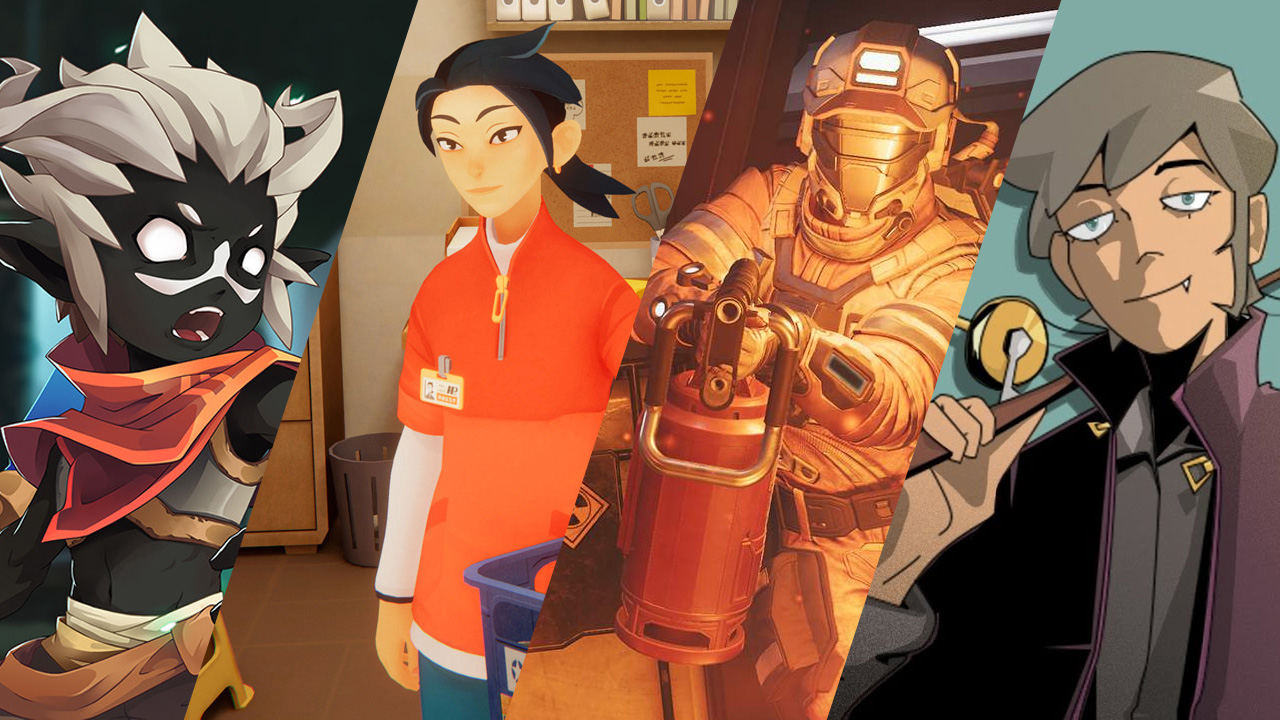
Being able to chat with Agnes Kim, Director of Xbox Global Expansion, is likely to be one of the highlights of my career, on the same level as interviewing Adam Brennecke, Game Director of Grounded at Obsidian Entertainment. During our conversation, I was able to ask Kim about the aspirations of her team, which is to actively seek out independent developers all over the globe and help them bring their games to Xbox.
We discussed how Kim's team, which is still relatively new at just two years old, aims to leverage all the talent and experience of Xbox Game Studios to assist developers with their in-project games, whether they're experience or new to the industry. More importantly, however, the Global Expansion team wants to meet developers where they are, targeting underrepresented regions like India, Southeast Asia, South America, and more.
That means having Xbox representatives that speak the local language and understand the local culture on site for developers to access, as well as hosting regular camps and sessions for developers to speak to Xbox Game Studios members. It's a direct response to Xbox believing it's not doing enough in these areas, and is arming developers with all the opportunities afforded by ID@Xbox, including Xbox Game Pass partnerships and Developer Acceleration Program grants.
You can read the article linked at the top of this section to check out the full information. There's a lot of great information in there, and previews for some of the games I'll be talking about in the next section.
A ton of exciting new indie games
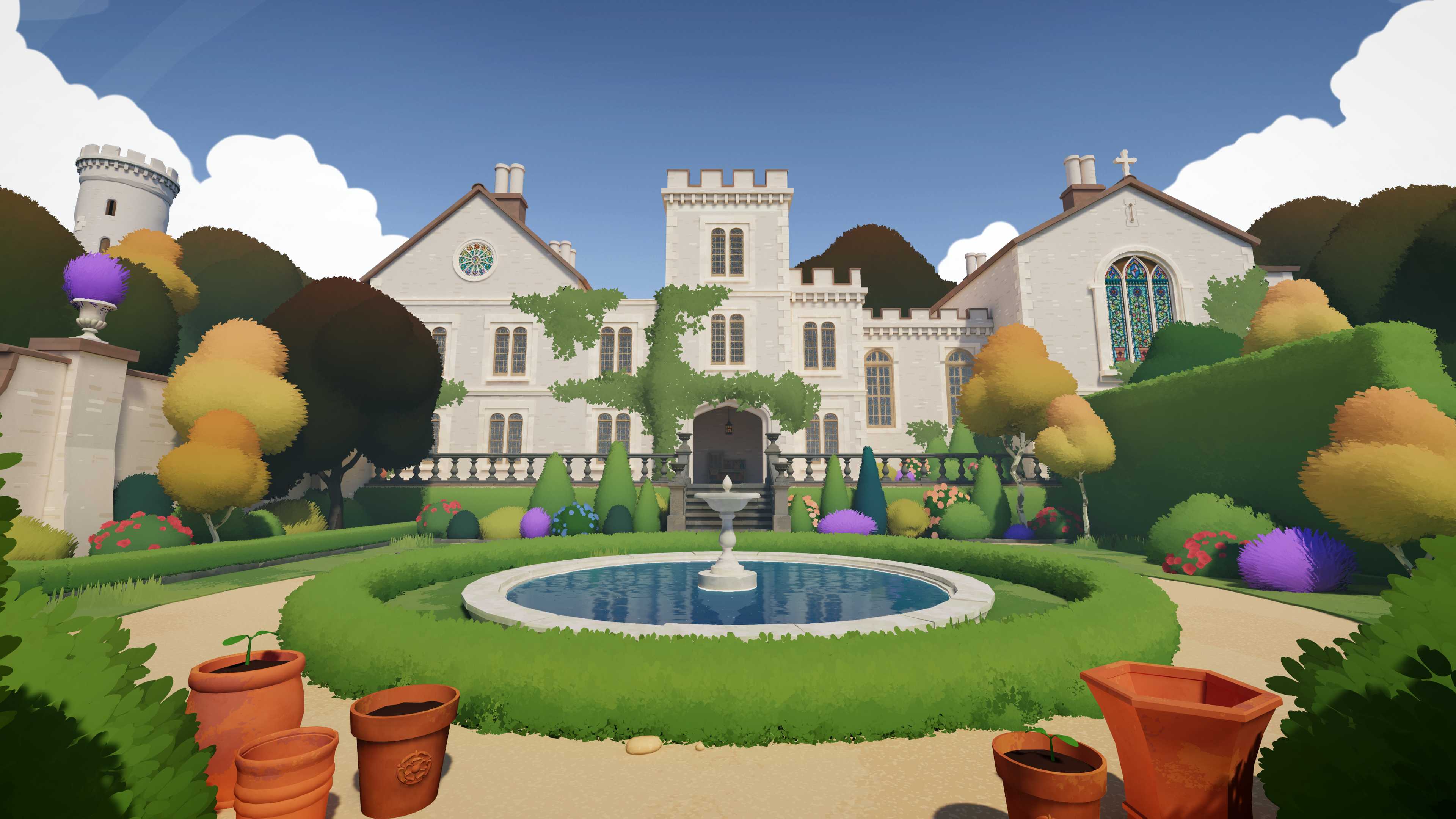
During GDC 2024, I got to preview a total of 16 upcoming indie Xbox games from the ID@Xbox program. I won't regale you with all the details of each game, but suffice to say I'm extremely excited for quite a few of them. You can check out my first ID@Xbox preview detailing 10 of the games, then jump over to my digital preview of eight more indie games (two I had seen in the first event, and a total of five from the Xbox Global Expansion team).
I'll still take a moment to highlight a few of my favorites from the preview events, though. One is actually already out, and you can play it now! I reviewed Botany Manor, and it's a delightful and relaxing puzzle-exploration game you can complete in an afternoon. Beyond that, I'm also excited for Fallen Tear: The Ascension, a Metroidvania-meets-JRPG; Nightscape, a gorgeous Arabic narrative-adventure; Still Wakes the Deep, a dark and intriguing narrative-horror; Dungeons of Hinterberg, an action-adventure with a ton of style; and Mythwrecked: Ambrosia Island, a cozy narrative-adventure centered around Greek mythology.
All of these games are on my watchlist, but that doesn't mean the others I previewed aren't interesting. The ones above just stood out as being especially encapsulating, and I can't wait for them to land on Xbox, Windows PC, and even Xbox Game Pass (for some) in the future.
An upcoming Dune MMORPG
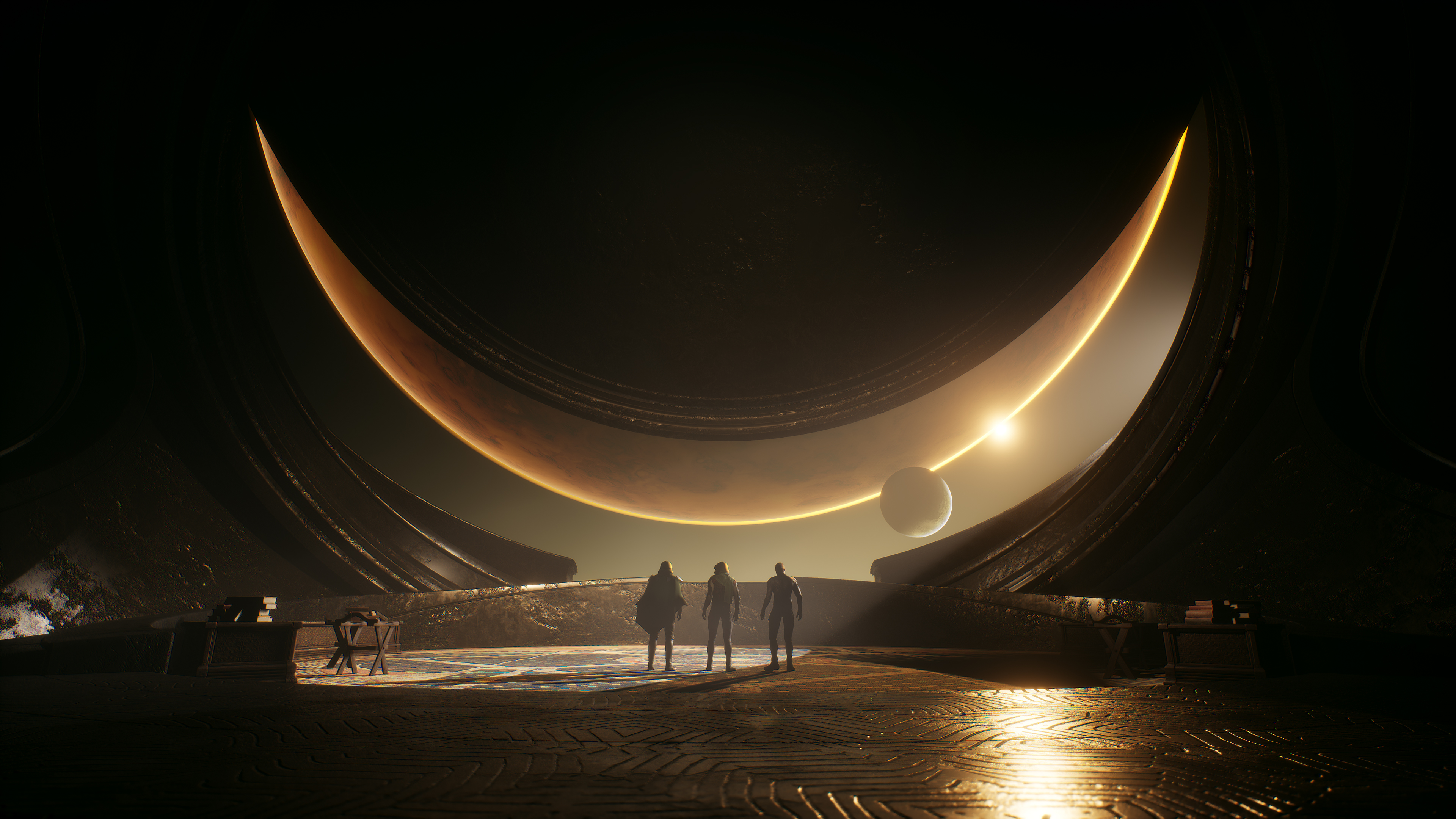
My experience with the Dune franchise is both limited and extremely fresh. I watched the first two-thirds of the 2021 Dune live action movie before leaving for GDC 2024, and when I returned after previewing the upcoming Xbox and PC MMORPG Dune: Awakening, I finished the movie and went to see Dune: Part Two at my local movie theater. Despite the recency of my introduction to the universe, what I've seen in the past few weeks has already made me a huge fan.
The epic feel and overwhelming quality of the live action movies are enough on their own, sure, but I was also shocked by my excitement for Funcom's next big project. I'm historically not a fan of either survival games or massive-multiplayer online titles, but Dune: Awakening has somehow managed to combine the two genres in a way that has solidly captured my attention.
I strongly suggest reading my full preview for all the spicy (heh, get it?) details, but I'll provide a recap. Dune: Awakening has you create a custom character, who will quickly become stranded on the perilous planet of Arrakis. You'll need to learn to survive the heat and lack of water while collecting resources, crafting gear and equipment, navigating the hostile planet (and its sandworms), and discovering an original story within the universe.
Dune: Awakening is still early in development, but the combination of approachable and accessible game design, exciting gameplay, and excellent world building guarantee that I'll be playing this game when it releases (eventually) on Xbox Series X|S and Windows PC.
Hands on with new Razer products
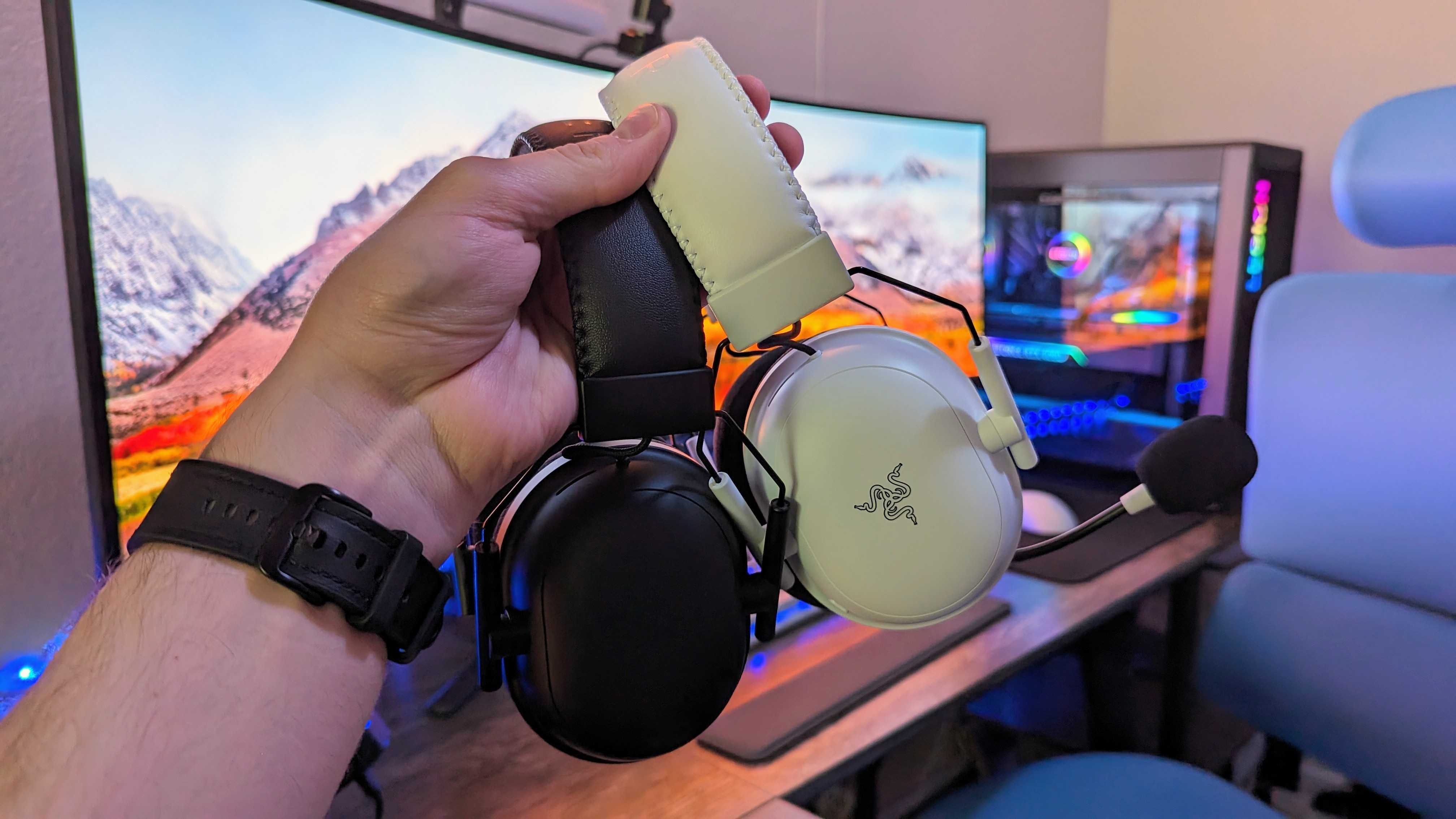
I work with Razer probably more than any other single company apart from Microsoft, so it was no surprise that I met with the Razer team during my time in San Francisco. I went one-on-one with multiple Razer representatives to go hands-on with three upcoming Razer products. Well, none of them are upcoming now — they're available to purchase, and my first impressions may help you make that decision.
The Razer Blade 18 (2024) laptop
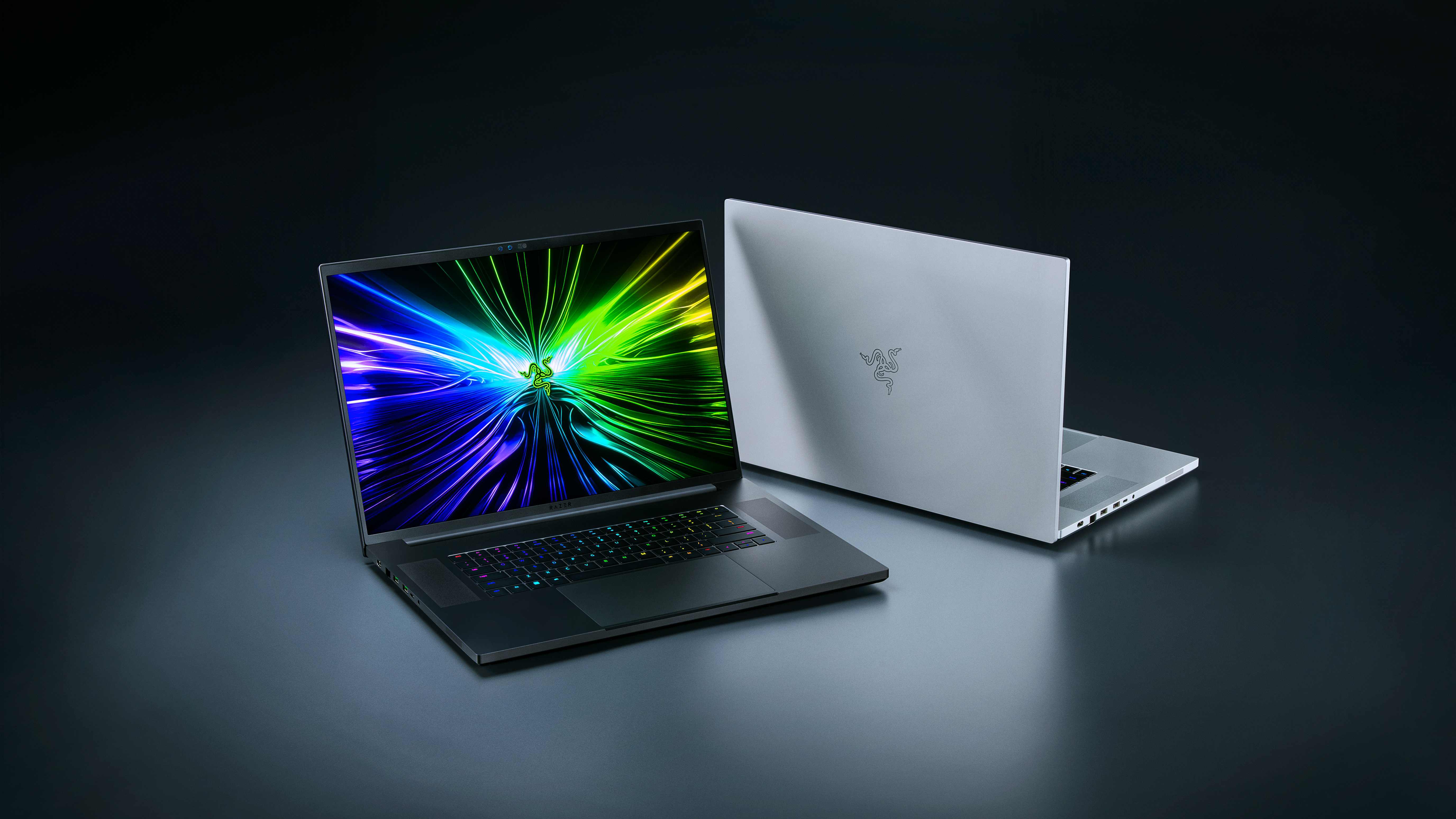
First up is my hands-on impressions of the Razer Blade 18 (2024). It's an ultra-premium, ultra-powerful honking monster of a gaming laptop, but we already knew it would be. Actually, you can read our Razer Blade 18 (2023) review for most of the information you'll need on the new laptop. Sure, there are updates and upgrades, but more is the same than not (which isn't necessarily a bad thing).
So, what is new? Well, the display options are considerably nicer, with a gorgeous and responsive QHD+ Mini LED or creator-focused UHD+ IPS LCD panel on the table. You also get Intel 14th Gen CPUs, the latest in wireless connectivity like Wi-Fi 7, improved audio thanks to upgraded speaker enclosures, and... Thunderbolt 5! Yes, the Blade 18 is the very first laptop available with Thunderbolt 5, which isn't particularly useful right now but ensures this laptop will remain modern and up to date for years longer.
The Razer Blade 18 (2024) isn't the most exciting laptop in the world, but it's a solid update to one of the best gaming laptops you can buy, designed for the hardcore gamers, professionals, and creators in the world. You can configure your own Razer Blade 18 now from $3,099 at Razer.
The Razer BlackShark V2 Pro for Xbox
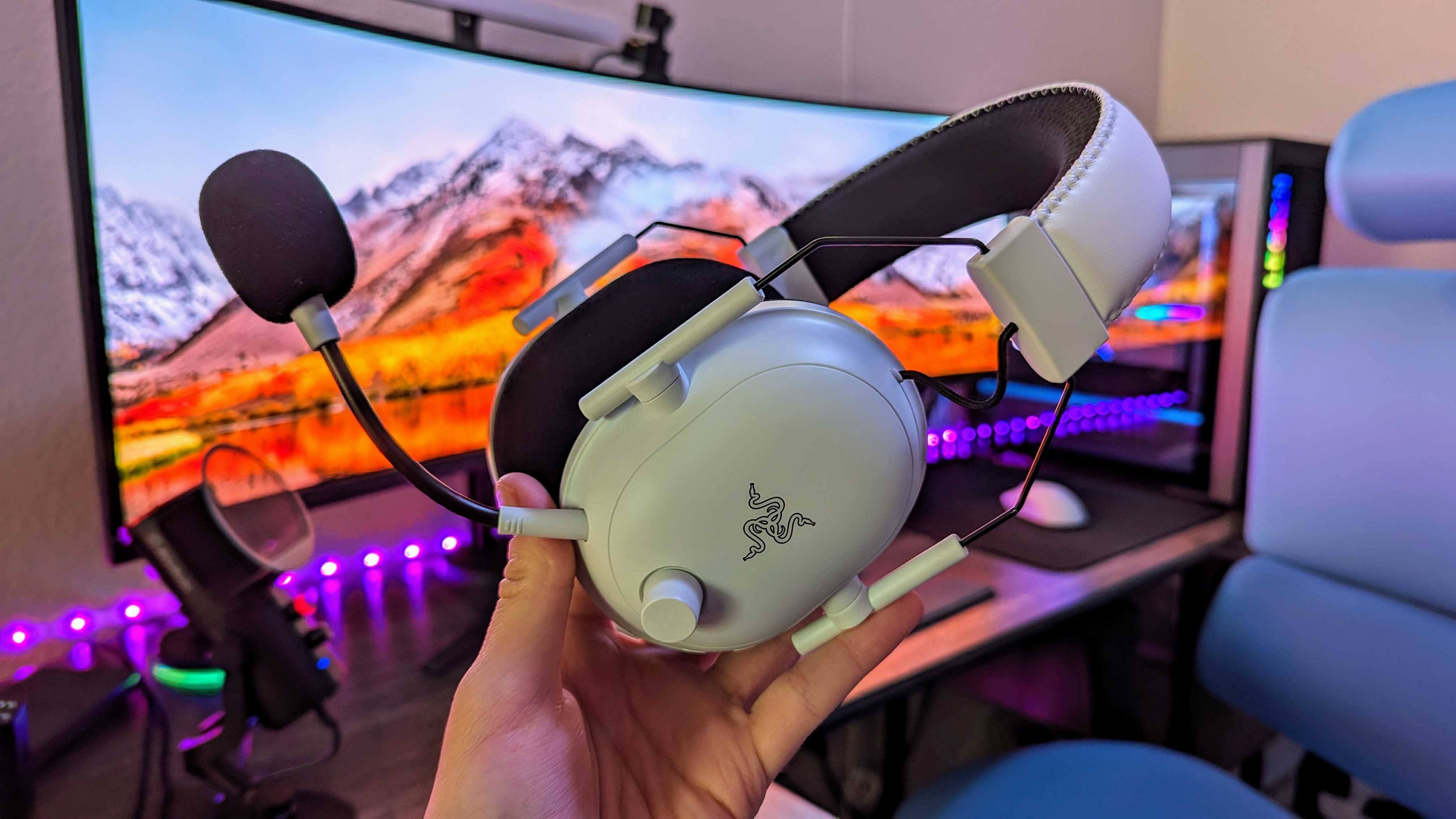
For me, the most exciting part of my briefing with Razer was this product right here. When I reviewed the Razer BlackShark V2 Pro (2023), it was among the first to receive a perfect 5/5 score. One of my biggest complaints? That it didn't work with my Xbox Series X. Finally, Razer heard my cries and answered my prayers. I went hands-on with the Razer BlackShark V2 Pro for Xbox, and it was exactly what I had hoped for.
It's utterly identical to its PC predecessor in practically every way, but unlike with the Blade 18 this is almost unanimously a positive. It boasts the same premium and comfortable design, the same excellent sound quality and pre-tuned audio profiles, the same class-leading microphone, the same flawless performance, and the same impressive battery life. All that's different is it trades some of its PC integration (specifically, it drops Razer Synapse support and some PC-specific esports sound profiles) and gains Xbox Wireless support.
It's already among my favorite Xbox headsets that I've ever used, and I'm already recommending it even before I've finished my testing and written my full review (sit tight for that one). If you're interested in a premium wireless gaming headset for playing Call of Duty, Fortnite, Apex Legends, or other competitive games, you can buy the Razer BlackShark V2 Pro for Xbox for $199.99 from Razer.
The Razer Kishi Ultra controller
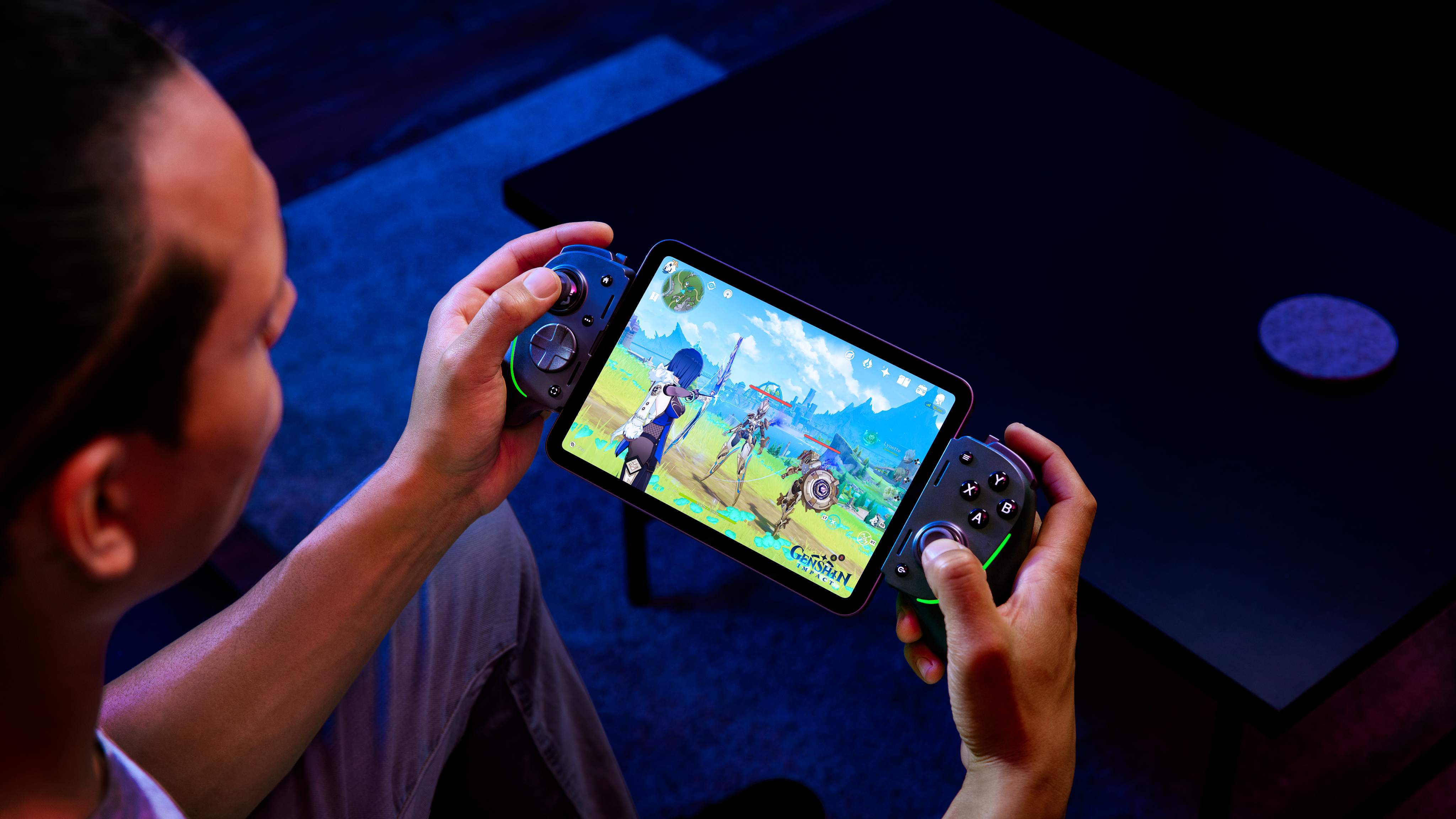
The most surprising element of my time with the Razer team was the Kishi Ultra mobile controller. It's no secret that Razer has been heavily investing in mobile gaming the last few years, but this is a new level of commitment we've not seen before from the company. I went hands-on with the Razer Kishi Ultra, and discovered a premium, ergonomic controller that shares a lot of similarities with the critically acclaimed Razer Wolverine V2 Chroma.
The Razer Kishi Ultra features full-sized textured grips, console-level Hall Effect triggers and mecha-tactile buttons, advanced multidirectional haptic feedback, customizable RGB lighting, a built-in Virtual Controller Mode, expanded compatibility for phones, tablets, and cases, and support for the new Razer Nexus 3.0 launcher and gaming hub. It's an expensive but appropriately amazing bit of kit, and as long as it doesn't stumble in any major area the Kishi Ultra is practically guaranteed a slot on our list of the best mobile controllers.
Razer is betting big on mobile gaming, and on mobile gamers want to take things to the next level. The Kishi Ultra is designed to deliver console-level gaming performance to Android and iOS devices — Razer is so confident in the quality of this controller, you can even plug it into your Windows PC. The Razer Kishi Ultra is available now for $149.99 at Razer.
NVIDIA and the battle of AI in gaming

Artificial intelligence is a hot topic in every part of the tech industry, and gaming is no exception. Dozens of companies are investing in AI and machine learning, researching how to apply this emerging technology to video games. One of the biggest players in the space is NVIDIA, leveraging its powerful RTX GPUs to great effect, but NVIDIA is far from the only one. Here's a rundown of what I saw at GDC.
NVIDIA prowess in AI and gaming

NVIDIA is a behemoth in the tech and video games industries. The company has ballooned to become one of the most influential and valuable corporations on the planet, largely thanks to the internet's reliance on its GPU server blades and its major investments into AI. Of course, NVIDIA is also one of the most popular choices for gamers looking to buy or build a gaming PC.
I met with NVIDIA one-on-one at GDC, and spoke to multiple representatives about the various products NVIDIA had to show me. NVIDIA showed me the visual and performance gains players can expect when using NVIDIA's AI-powered DLSS 3.5 upscaling tech, or how Freestyle filters can dynamically change how a game looks (and even add HDR). Modders can even use an NVIDIA product called RTX Remix to remaster and enhance classic games.
NVIDIA is more directly influencing games, too, by working on creating AI plug-ins that help build believable and interactive AI-powered NPCs or improve localization for games. This includes translating text to audio and audio to facial animations, and otherwise helping players communicate with NPCs. NVIDIA even showed off its Chat RTX app, which is a local AI that helps users organize, parse, and create using their data and information. You can read the above link for all the details.
Other creative uses for AI
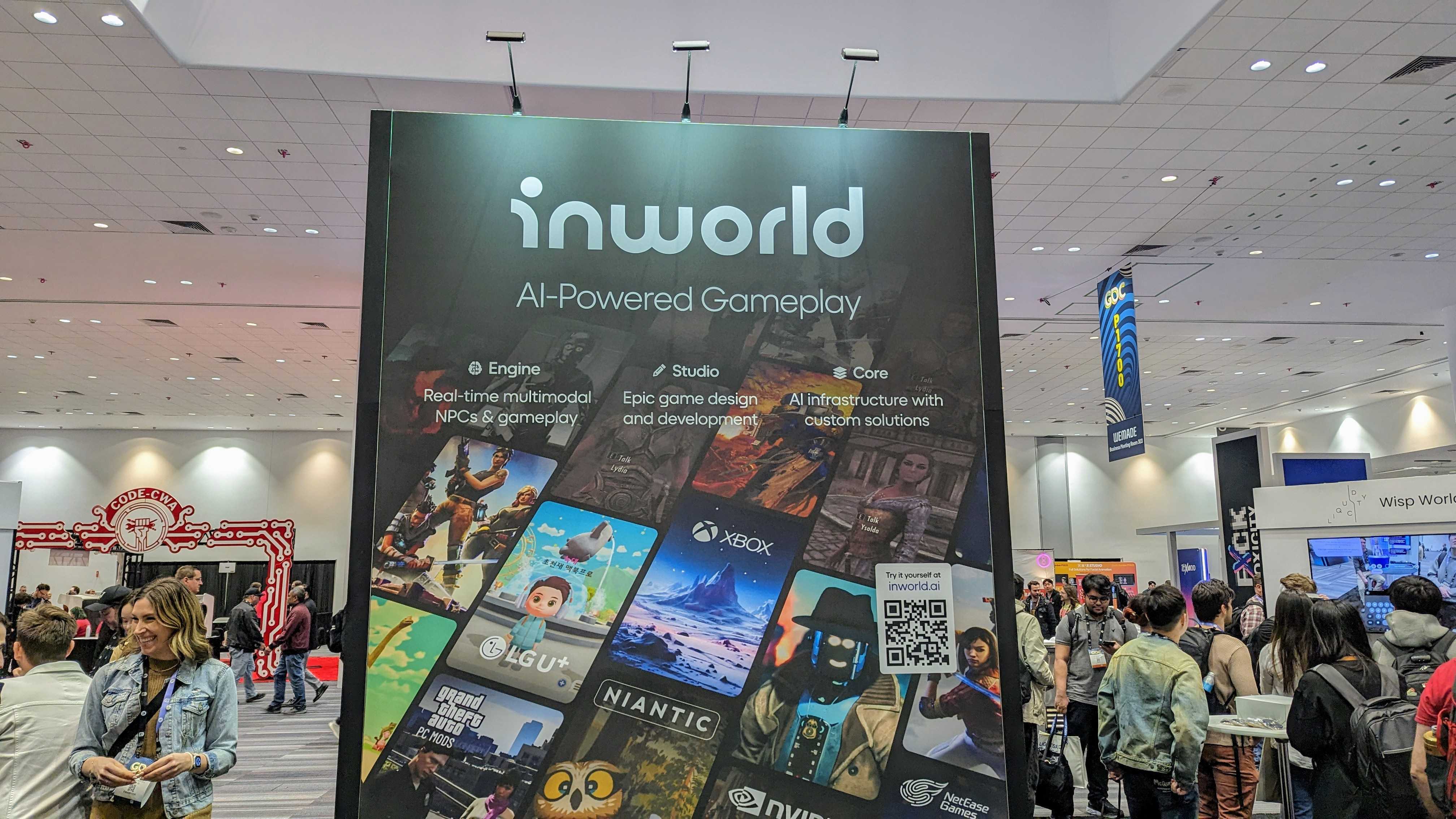
NVIDIA wasn't the only company talking about AI at GDC, of course. I spoke to other companies and wandered the Expo Hall at GDC to see the advancements of AI in gaming. There were plenty of AI tools and efforts from various companies to attempt to make game development easier for developers, but there were also multiple ways AI was being used to fundamentally change the games we play.
The biggest example was a company called Inworld, which worked with other corporations like NVIDIA, Ubisoft, and even Xbox to create a variety of demos around its character AI engine. Using this engine, developers can build AI characters that can dynamically interact with players, the world and environments, and the progression of the story.
Writers need to provide background history, personality traits, world knowledge, personal goals and motivations, overall objectives, and more to create a character as believable as possible. In one demo, Ubisoft showed how these NPCs can provide more dynamic missions that can change with player input; in another, Xbox showed how these NPCs can provide narrative and guidance in a similar fashion to a Dungeons & Dragons DM; in yet another, NVIDIA showed how these NPCs can converse with players like actual people, making investigative work and world building more believable.
I still have plenty of concerns and reservations when it comes to the use of AI in gaming, but some of what I saw at GDC did intrigue me and could be a valuable addition to the creative pool of video game development if used responsibly. It'll be interesting to see how this space evolves in the coming years, and if company's actually prioritize the safety of developers, creators, and gamers over the pursuit of profit margins.
The Super Resolution battle
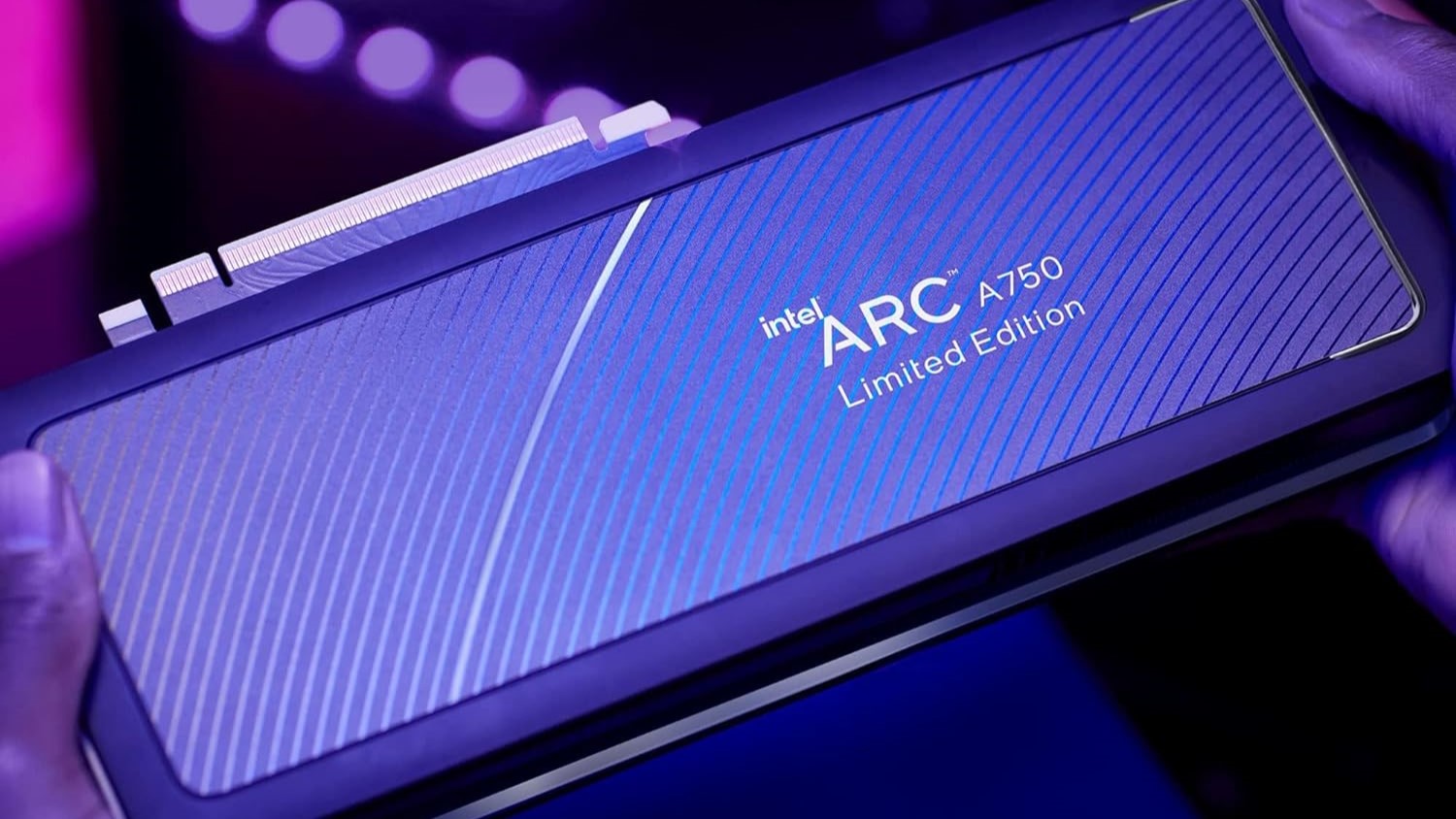
Finally, something that I didn't personally write about but still came out of GDC is the latest developments in the battle of AI upscaling tech. It seems every major company has its own solution to improving the performance and visuals of video games (and even media) nowadays, and they're continuing to evolve over time. I already mentioned how NVIDIA demoed its DLSS 3.5 to me, with its focus on improving performance with ray tracing.
However, AMD also announced FidelityFX Super Resolution 3.1, which brings AI-powered frame generation to all platforms and adds support for the Xbox game development kit. Intel's XeSS is a newcomer in the field, but the latest 1.3 version promises significantly improved performance to keep up with NVIDIA and AMD. Finally, even Microsoft is now joining the fray, announcing its DirectX Super Resolution tech for Xbox consoles and Windows PC to make upscaling even more accessible for developers.
As games become increasingly complex and power-hungry, AI technologies to improve performance and take some of the stress off our hardware becomes ever more important. The battle is far from over on this front.
AR glasses and a Minecraft resurgence
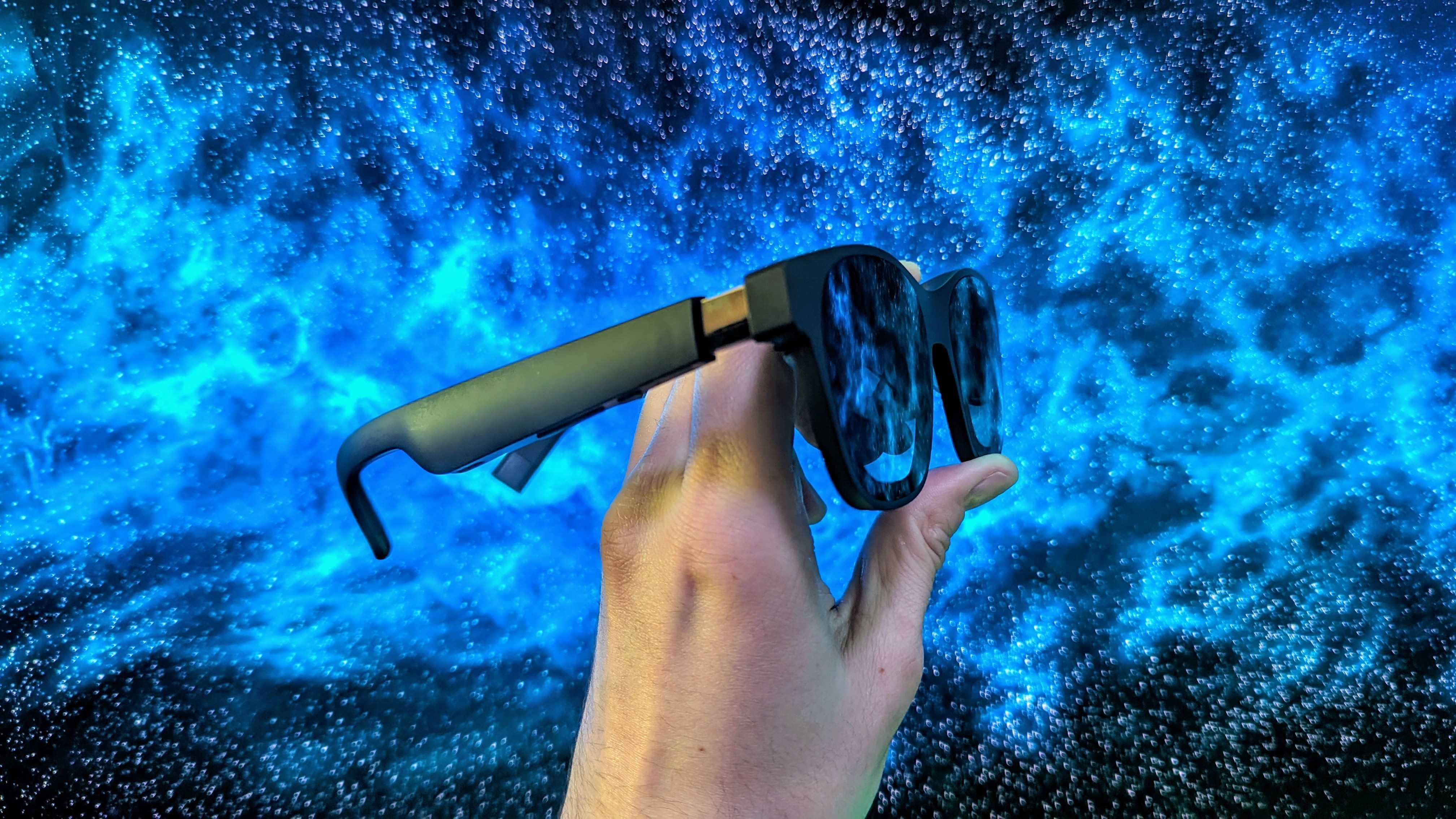
Thanks to my fellow writers at Windows Central, I've been aware of XREAL for months. My colleagues have heaped praise on the up-and-coming AR company for its innovations in the space, but I had never tried its products (or any competing AR solution) before GDC 2024. In San Francisco, though, I finally got to try out XREAL's upcoming Air 2 Ultra AR glasses for myself, and XREAL sent me a pair of its Air 2 pro glasses when I got home.
I wasn't sure what I expected, but now? I'm totally sold on the promise of AR XREAL is selling. The Air 2 and Air 2 Pro are effectively massive, totally private, and insanely comfortable monitors that you can use with almost any device. They're a luxury product, but also have real-world implications for accessibility, allowing people with physical disabilities to more comfortably use devices like the ASUS ROG Ally. For many, they're perfect for lounging on a couch, lying in bed, traveling on a plane, any all manner of activities and situations where you'll want to play games, watch movies, or even get work done.
For my partner, it was playing Minecraft, and she loved the experience so much with the XREAL Air 2 Pro that she hasn't stopped playing Minecraft since. The Air 2 Ultra will be different, though, as it boasts sensors that allow it to map your environment and track your movements. It brings a level of interactivity to XREAL's products, truly augmenting reality beyond a private, hovering display. It needs developer support to truly shine, though, so for now the Air 2 Ultra is simply the promise of better things to come.
Summits, meet-ups, and other cool tidbits

I wanted to dedicate a section to the smaller tidbits and moments of GDC that I appreciated but didn't warrant an entire article. Moments like attending various informative summits, for example. You can actually head to the GDC Vault to catch up on a lot of the summits, but you obviously won't get the same experience as if you were there.
I attended a summit on the advantages of an evolving demo versus early access by Tom Salas, the developer behind Bulwark: Falconeer Chronicles. I heard from the production director on Baldur's Gate 3 talk about the importance of taking care of actors, providing a safe and feedback-oriented working environment, and working as a team to create some of the most emotional and moving performances we've seen in video games.
I attended an in-depth summit on improving accessibility in indie games, as well as an indie games soapbox with various speakers talking on political activism video games, how to name characters, initiatives to protect the environment and raise climate change awareness, a personal story about the relationship between game creators and players, advice on how to build a thought-provoking, introspective narrative, and more.
I met with multiple companies like Discord to discuss their latest products and moves. I explored the Independent Games Festival section to check out the nominees, and even had the honor of meeting several of the talented developers behind the excellent puzzle-adventure game COCOON. On my final day at GDC, I spent the afternoon at a bustling party hosted by Xbox for its "Gaming for Everyone" initiative, where I socialized with members from Xbox, Bethesda, and Activision Blizzard as well as LGBTQIA+, disabled, black, women, and Latin American gamers and creators.
There were so many smaller moments at GDC that made my experience amazing, and I couldn't go without mentioning some of them at least once.
Reviewing products at GDC
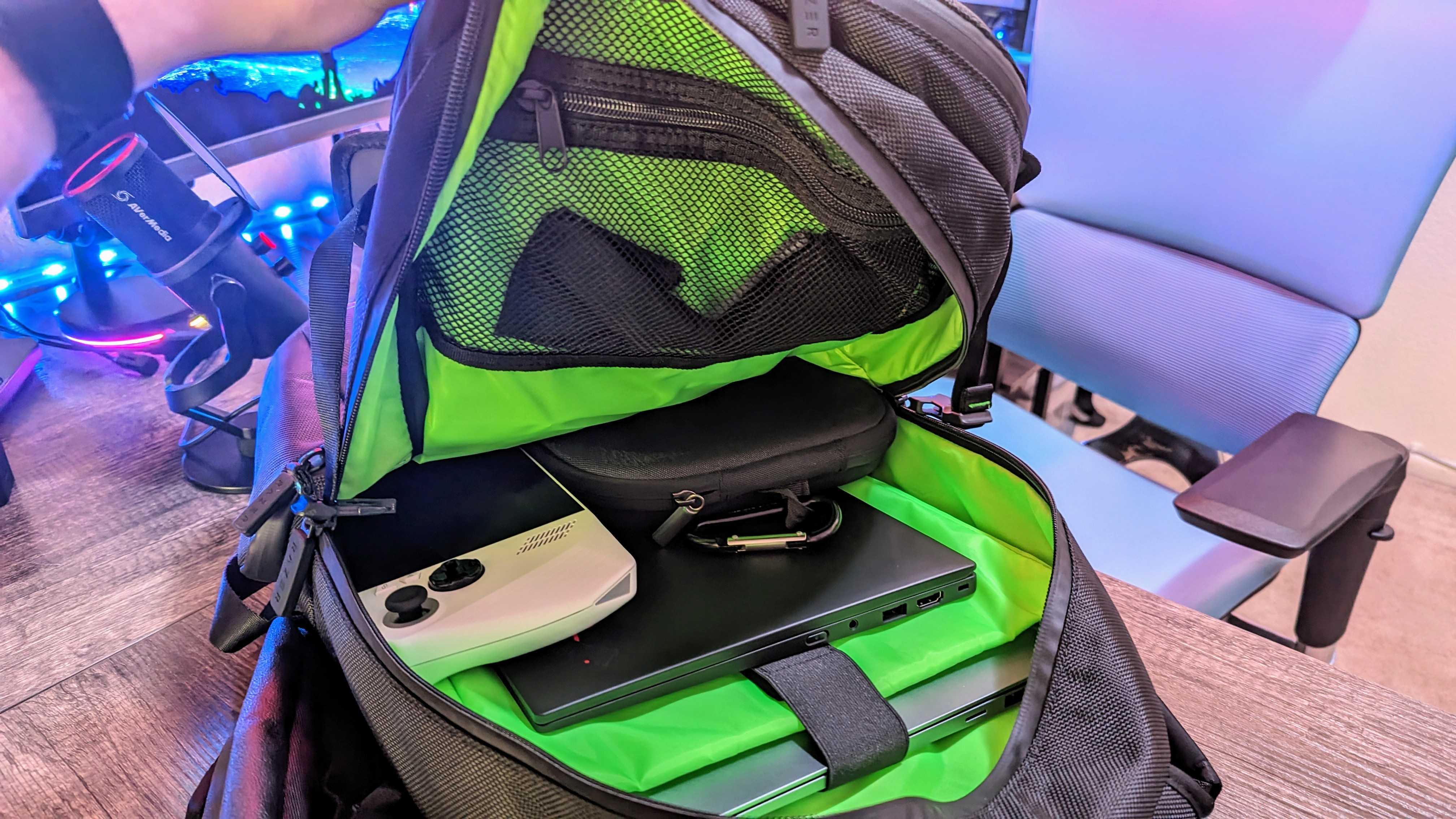
GDC 2024 on its own was an excellent experience, but it also provided a unique opportunity to do some real-world testing of various products companies had sent me. I wanted to take a moment to highlight the products I reviewed during my time in San Francisco, and why I chose the right gear to take with me through the bustling halls of the Moscone Center and across the streets of SF.
Lenovo ThinkPad X1 Carbon (Gen 12)
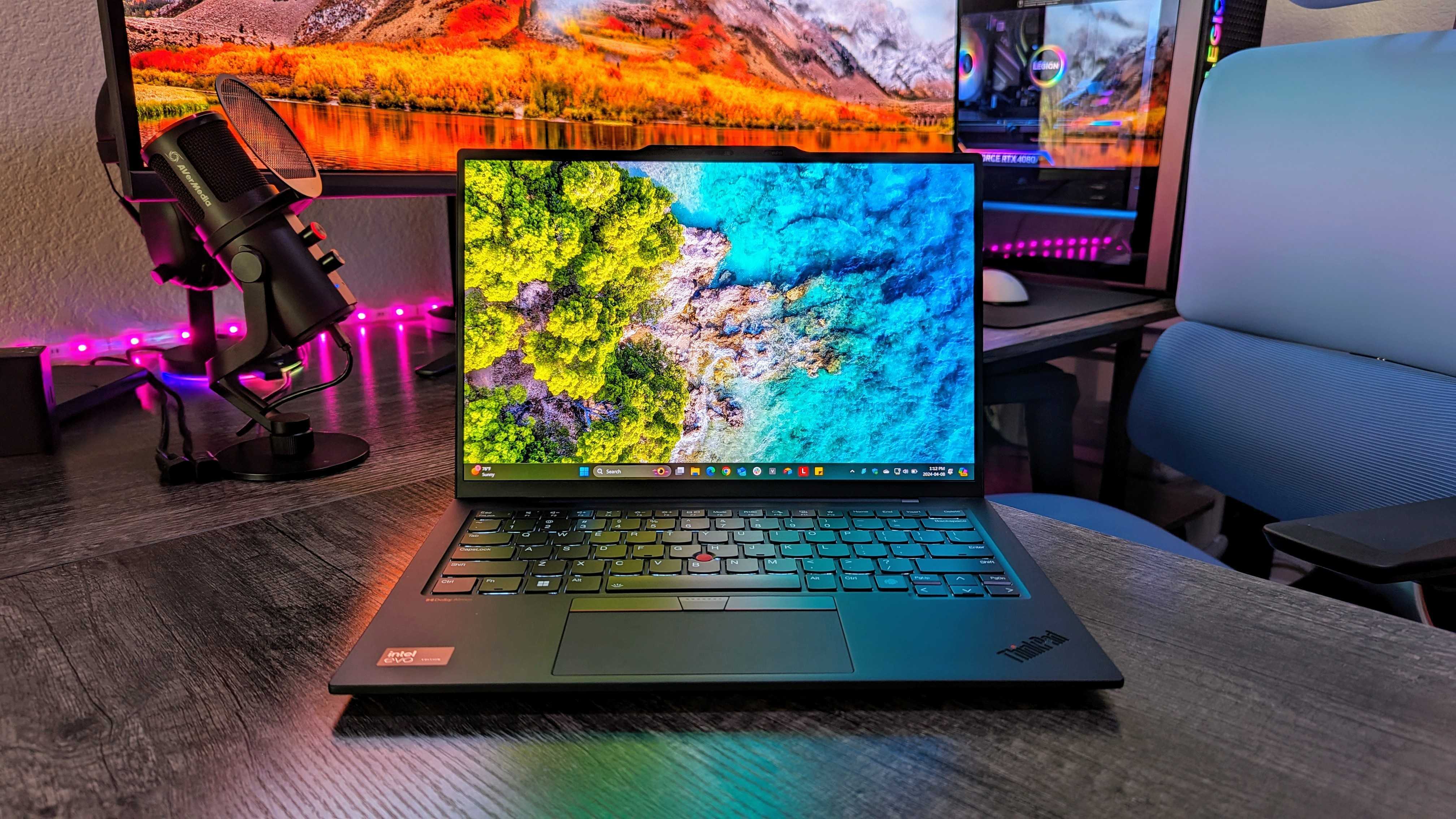
First up is my laptop of choice for GDC 2024. With Intel Core Ultra now out in the world, Lenovo decided to redesign its most legendary enterprise-focused laptop and make it slimmer, lighter, and more premium than ever before. I reviewed the Lenovo ThinkPad X1 Carbon (Gen 12), and it's a gorgeous (and very expensive) laptop with a ton of features and capabilities.
The screen is wonderful, the keyboard is top-notch, there are more security and remote management features than you can count, and... performance and battery life are just okay. Making a laptop so thin and portable comes with costs, and in this case that would be the X1 Carbon's power and endurance. I wouldn't describe either as bad, but it may be enough to deter some potential buyers when this laptop is as expensive as it is.
The Lenovo ThinkPad X1 Carbon (Gen 12) starts from $2,499 at Lenovo, an expensive entry point commonplace among premium enterprise laptops normally bought in bulk. Those who need these features will consider it a valuable investment, but others may prefer to trade some of that ultra-portability for more firepower.
Razer Rogue V3 Backpack

When I realized I didn't have a good backpack to carry my gear at GDC 2024, Razer offered to send me review samples of its Razer Rogue V3 Backpack. I took the 14-inch to San Francisco and the 16-inch back home, using the bags to house my laptop, tablet, gaming handhelds, headphones, journal, and all the peripherals and accessories I needed.
When I was safely back home, I reviewed the Razer Rogue V3 Backpack and praised these bags for their flexible design and excellent build quality. You can certainly find cheaper backpacks in the world, but Razer's will undoubtedly last a whole lot longer and aren't just limited to the gamers or creators of the world. One more pocket here or a tablet sleeve there may make these bags even better, but those are minor complaints.
You can now buy the Razer Rogue V3 Backpack from $59.99 at Amazon, and I heartily recommend it if you need a backpack that can handle every task you throw at it, from school and work to a trek in the woods.
An experience I won't soon forget
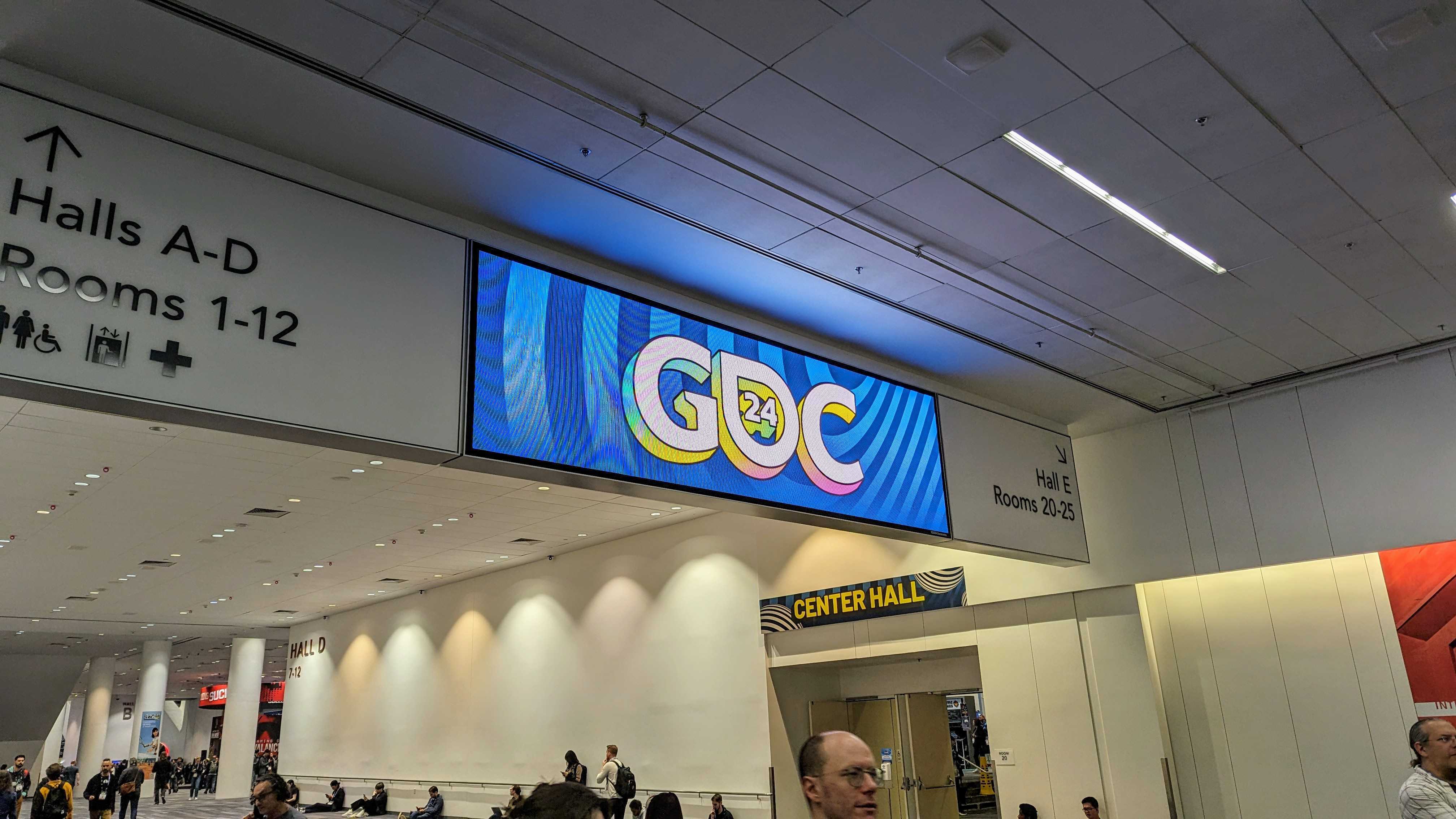

• Letter to the industry
• Xbox games & interview
• 10 games with ID@Xbox
• Dune: Awakening preview
• NVIDIA, RTX, & DLSS
• AI innovations in gaming
• Next-gen AR glasses
• Razer Blade 18 hands-on
• Razer Xbox headset hands-on
• Razer Kishi Ultra hands-on
• ThinkPad X1 Carbon review
• Rogue V3 Backpack review
The Game Developers Conference isn't the most exciting event for many people. After all, "developers" is in the name, letting you know for whom this convention is held. GDC isn't packed with AAA game trailers and huge announcements like the E3 of old, but that doesn't mean it wasn't endlessly interesting to attend. I learned a ton about the industry, enjoyed multiple behind-the-scenes looks at video game development, and met dozens of intriguing and talented people.
I went hands-on with upcoming Xbox games, new hardware from Razer and XREAL, and various tech demos (mostly centered around AI). I attended Xbox's Gaming for Everyone party, interviewed a prominent member of the Xbox team, and got to shake hands with the creators behind one of my favorite games of 2023. I got to experience more of San Francisco, as I had limited time when I first went to preview Minecraft Legends last year.
It was an exhausting week, and GDC 2024 has kept me busy ever since I came home writing article after article. You can look in this section to find links to every single one of those articles, too, in case you somehow missed them on your way down here (and if you are here, thank you for reading). I had a fantastic time covering GDC for Windows Central this year, and I certainly hope it won't be the last time.







